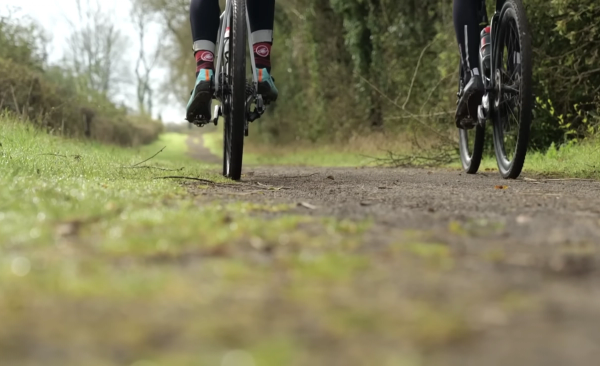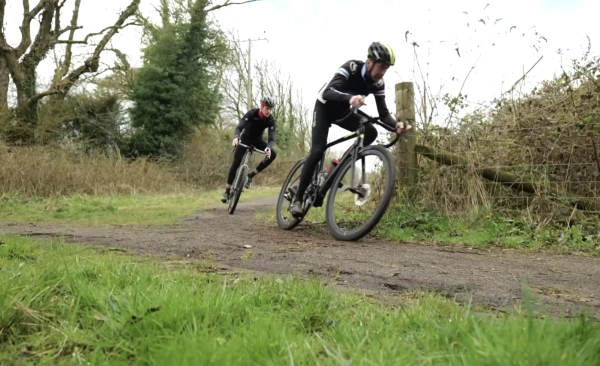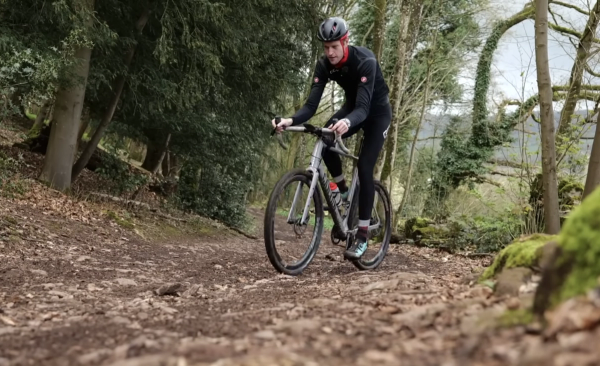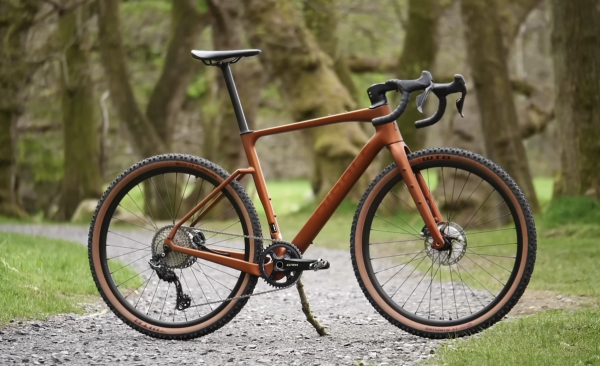Gravel riding basics – four fundamental tips
Gravel tips from cyclo-cross and mountain bike pro Oli Beckingsale, from controlling your speed and managing grip to getting more technical and tackling climbs and descents
GCN
The GCN team
We love gravel, but if you are coming across to the rough stuff from the road, it can feel like a totally different kettle of fish at times. So to make the transition easier, we caught up with Oli Beckinsale to get some tips.
Beckinsale is a retired pro with 16 years of experience in professional mountain bike, cyclo-cross and road racing. He's competed in three Olympic games and 17 World Championships. Since retiring, he's become a coach, so he's well-placed to talk us through the basics of riding off-road.
Here are Beckinsale's four fundamental tips to get you up to speed quickly and safely on gravel.

Start slow
When it comes to grip, on a road bike, it's very black and white: you've either got traction with the road, or you haven't. That feeling of having no grip at all is rare, but it's frightening, and it's pretty difficult to recover from.
Off-road, there's a massive grey area where the bike will be moving around, but it's ok. There will be loose patches but it'll come back to a hard patch. The tyres will find themselves a bit of grip, but it takes some getting used to to get comfortable and embrace that middle ground.
To start off, avoid technical mountain bike trails and stick to forest roads, bridleways and maintained paths. Spend some time getting used to the feeling of the bike shifting around underneath you as you ride along. Learn how long it takes to slow down, and how hard you can pull the brakes before you lose traction.
In short, learn how the bike behaves on gravel first, then think about taking those skills to more technical terrains.

Cornering
The most important thing with cornering on gravel is to get your speed set before you hit the corner. Braking whilst cornering will reduce the amount of traction you have with the ground.
So, as you approach a corner, scan the ground and decide how fast you need to go to take it safely. Brake to that speed before you reach the corner, then come off the brakes and roll around.
As you go around the corner, sink your outside foot to the 6 o'clock position on the pedals and put as much of your weight through that foot as you can. It'll balance your body weight perfectly between your front and rear wheels and help the bike rail around the corner.

Rough and steep
When things get a little rougher, rockier or steeper, you need to think a little bit more about your technique. The most important thing to do is to raise your backside a couple of inches out of the saddle. Stand on the pedals with your knees bent and your elbows bent and relaxed.
When things get rougher, keep your heels down and try to lighten the load on your hands. Let the bike bump around underneath you whilst your body stays stable and relaxed.
On steep gradients, try to line your hips and the bottom bracket up vertically. Your hips need to be more or less directly above your bottom bracket. On a steep descent, that will mean you will shift backwards over the bike a little.

Climbing
On the road, you can be really physical with your climbing, wrenching the bike side to side and moving your weight forward and back on the bike. On gravel climbs, that's not going to work. Unless you keep your weight distribution consistent, you'll struggle to maintain traction.
Keep your weight in the saddle, and pedal as consistently as possible. To make your power more consistent, change into a slightly harder gear than you would on the road to increase your torque.
If you're tackling a really steep climb, and you find your front wheel is lifting off the ground, stay in the saddle, but bend your elbows more and drop your torso closer to the handlebars.
Top Tip
Be sure to choose the smoothest line possible. Keep your eyes up and scan the trail for clear sections.











